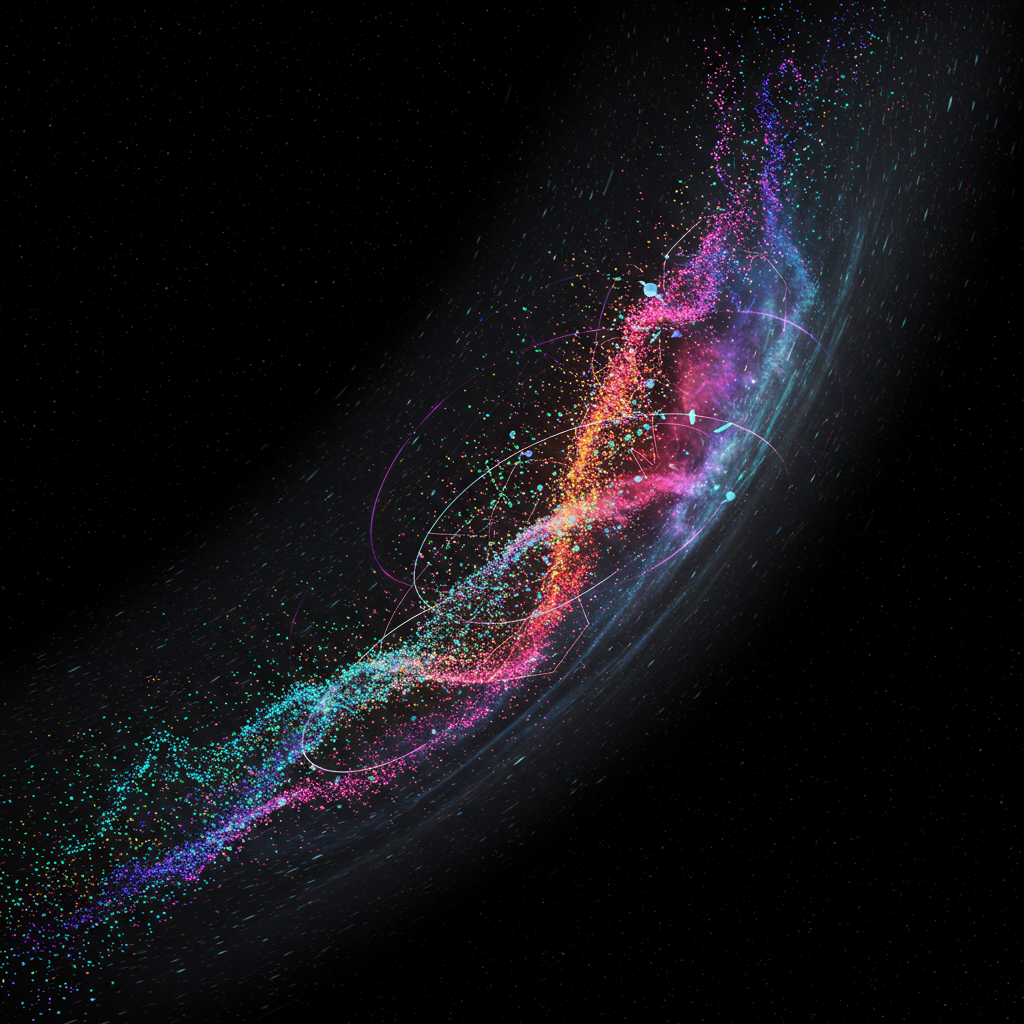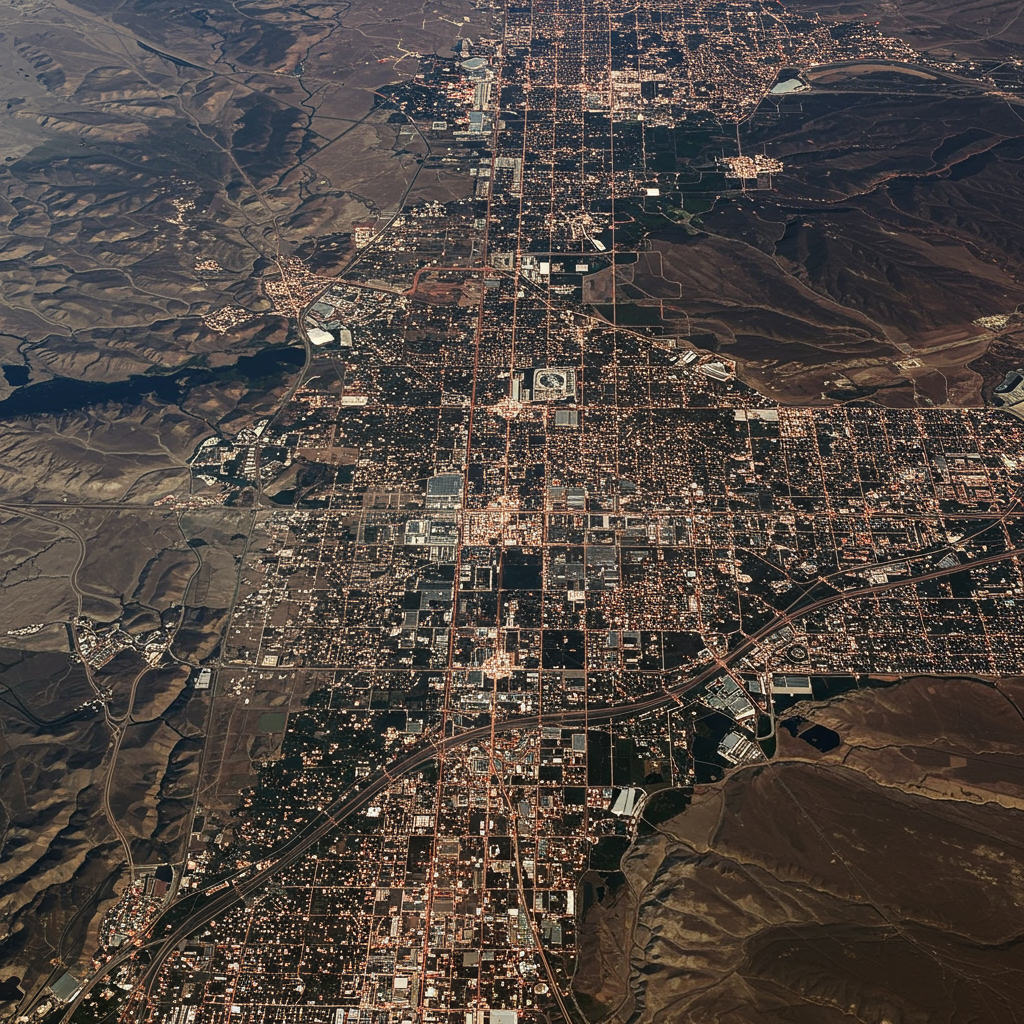For a century, physicists have dreamt of a “Theory of Everything” – a single framework uniting all the fundamental forces of nature. Yet, gravity, the force that shapes galaxies and keeps our feet on the ground, has stubbornly resisted integration with the quantum world that governs the universe’s other fundamental interactions: electromagnetism, the strong nuclear force, and the weak nuclear force.
Now, a bold new theory from physicists at Aalto University offers a fresh perspective that could finally bridge this divide. Their research suggests that gravity isn’t a fundamental force woven into the fabric of spacetime in the way Einstein described. Instead, it might emerge from hidden symmetries within spacetime itself.
Gravity: The Odd One Out
The Standard Model of particle physics successfully describes the electromagnetic, strong, and weak forces using quantum field theory. These forces are understood to arise from specific symmetries within their respective quantum fields. However, when physicists attempt to describe gravity within this same quantum framework, calculations notoriously break down, often yielding nonsensical infinities. This fundamental incompatibility between general relativity (Einstein’s theory of gravity as spacetime curvature) and quantum mechanics is one of the biggest challenges in modern physics.
Introducing the Spacetime Dimension Field
The Aalto researchers, led by Mikko Partanen, propose a novel solution by introducing a mathematical construct they call the “spacetime dimension field.” Their theory suggests that gravity emerges from the properties of this field, much like the other forces emerge from symmetries in their own fields.
Unlike Einstein’s view where gravity is the curvature of spacetime, this new framework posits that gravity arises from symmetries within a field that exists within spacetime. This shift in perspective aligns gravity’s origin with the mechanism already familiar to physicists working with the Standard Model. The gravitational force, according to this theory, is generated at every point in space and time by hidden symmetries possessed by the spacetime dimension field.
A Gauge Theory Approach
To achieve this unification, the Aalto team embedded gravity within a gauge theory framework – the same type of structure used for the other fundamental forces. This involved working in an eight-dimensional mathematical space, even though we experience four dimensions (three of space, one of time). Within this higher-dimensional space, gravity’s behavior can be described using mathematical objects called “spinors,” and energy, rather than just mass, acts as the fundamental source or “charge” that gravity responds to. The spacetime dimension field then acts as a crucial bridge, translating the results from this 8D space back into our observable 4D reality while ensuring consistency with principles like the equivalence principle (that all objects fall at the same rate regardless of their mass).
A Breakthrough in Renormalization
One of the most significant technical hurdles in quantum gravity has been the inability to “renormalize” the theory – a process that systematically handles infinities that appear in calculations. The Aalto team’s approach successfully demonstrates renormalizability up to the first order. In simpler terms, this means their mathematical model can yield finite, well-defined values at this initial level of calculation, a major step towards overcoming the infinity problem. While they still need to prove renormalizability for all higher orders, this initial success offers significant promise. The theory also aligns with classical general relativity in low-energy scenarios, providing a smooth transition between the new quantum description and Einstein’s well-tested theory.
Unlocking Cosmic Mysteries
If this theory proves valid, its implications are profound. A successfully quantum field theory of gravity could revolutionize our understanding of extreme cosmic phenomena. It might shed light on the mysterious singularities within black holes, potentially showing they are softened or eliminated by quantum effects. It could also offer new insights into the conditions of the universe at the very moment of the Big Bang and perhaps even help explain the puzzling imbalance between matter and antimatter.
While this Aalto theory, published in Reports on Progress in Physics, represents a significant step, it is still in its early stages. The researchers face the challenging task of extending the theory mathematically and, crucially, validating its predictions through rigorous testing and experimental confirmation. This will likely require developing entirely new techniques capable of probing gravity at both the quantum and cosmic scales.
A Glimpse of a Unified Universe
It’s worth noting that the idea of gravity being an emergent force is also being explored through other avenues, including theories suggesting it arises from thermodynamic or electromagnetic principles. This Aalto theory, however, offers a unique path by linking gravity’s emergence directly to hidden spacetime symmetries within a gauge theory framework.
The journey toward a complete, unified theory of everything is far from over. Yet, this groundbreaking research from Aalto University provides exciting hope that we are moving closer to uncovering the deep, hidden principles of symmetry that may ultimately govern the universe’s fundamental forces.




